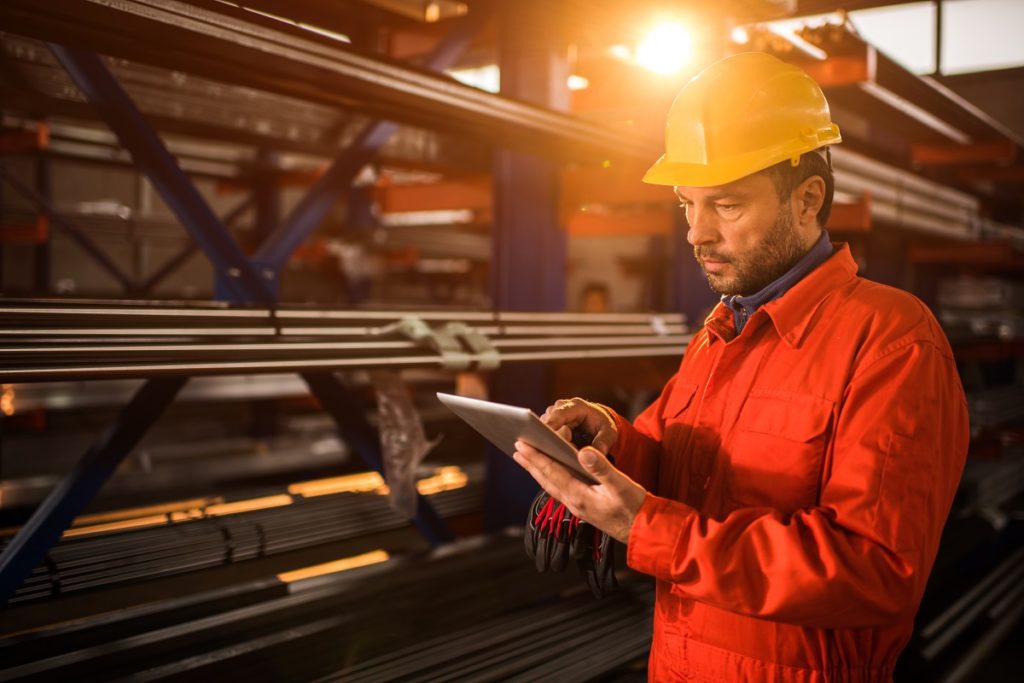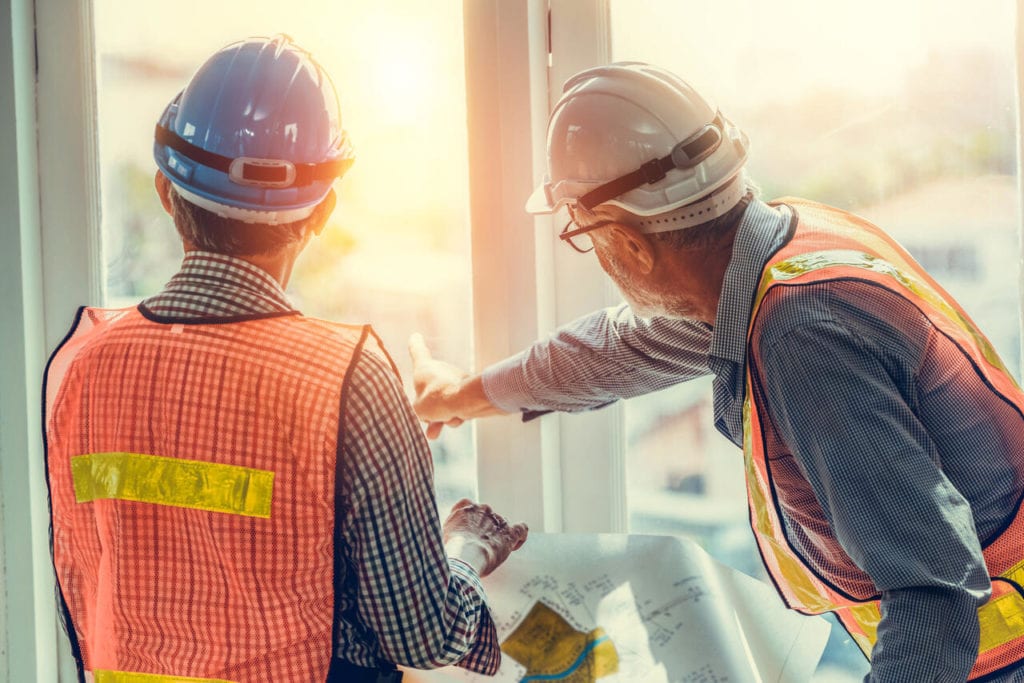Homes consume more energy than we think. In fact, energy consumption at home is expected to increase by 65% by 2050. The scale of how much we will be using on a daily basis is only coming to light now. As such, the policies, regulations and standards set out to mitigate the risk of such a vast carbon footprint are crucial.
Sustainability is top of the agenda for policymakers globally. The residential building sector is such a critical piece in the climate change puzzle that the environmental regulations required are constantly evolving. The social and economic benefits are plentiful too – more efficient homes mean the quality of citizens’ lives are improved, reducing costs and substantially, bettering both public health and the environment. Home builders and homeowners have a significant part to play in this, with the regulatory roadmap laid out in front of them by policymakers on the way to an energy efficient future.
RE2020 is a new thermal regulations standard enforced in France, that sets out the energy consumption standards for new buildings
The Big Picture
There are various energy-related requirements during the design phase or retrofit phase of a building that is regulated by law to meet energy efficiency measures in the building sector. In Europe, energy codes for buildings are in dynamic phase taken care by the Energy Performance of Buildings Directive (EPBD). One of the requirements of the EPBD, was for Member States to ensure that by 31 December 2020, all new buildings were nearly zero-energy buildings (NZEB).
Building emissions account for a quarter of France’s national greenhouse gas emissions. RE2020 is a new thermal regulations standard enforced in France, that sets out the energy consumption standards for new buildings, coming into force in the summer of 2021. RE2020 seeks to reduce a building’s emissions over the course of its life, starting from construction. The regulation requires all new buildings to be energy positive (BEPOS), meaning they produce more energy than they consume, in effect they need to figure out the a way to use more renewable source of energy! This is targeted at improving the energy performance of new buildings and ensuring greater comfort for occupants in the face of ever-intensifying climate conditions.
Further to this, there are incentives in place to encourage homeowners to make their homes more energy efficient. By 2028, it will be a legal obligation for houses that fall under classification F and G, known in France as ‘passoires thermiques’ (‘heat sieves’), to carry out works to improve energy efficiency. There are financial incentives, too. With MaPrimeRénov, homeowners are eligible to claim up to 90% of their renovation costs when using an Reconnu Garant de l’Environnement (RGE) qualified builder, a qualification widely on offer to homebuilders in France.
All this is geared towards the French Energy Transition for Green Growth, the 2015 bill mapping out France’s gradual shift to energy autonomy, which aims for a 30% reduction in energy demand by 2030, 50% by 2050 and a 40% reduction in greenhouse gas emissions by 2030 and 75% by 2050.

From the ground up: building an energy positive home
From what we have seen so far, the regulations that bind homebuilders in the creation of newbuild constructions are many and, imperatively, should be the core consideration when in the planning and build phases of such projects. So, what should a builder be on the lookout for when planning such projects
The site upon which a house is built is the first consideration for planners, ensuring that the sun has an unobstructed view of the house, it lay across an area with flat topography and has minimal exposure to the elements. Locating a site that has all of these in perfect harmony is difficult, but it should provide a guide for prospective real estate management. Furthermore, the orientation of the property’s position on the land should optimize the passive heating, and cooling, functions of the house.
Minimising the level of dependency that occupants have on energy generated by the home is largely down to the insulation and ventilation of the building, which should reflect the local weather conditions. Clear thermal boundaries should be defined in the planning phase, accompanied by specifications for optimal door and window insulation. However, it can never reduce the need for cooling and heating to absolute zero and hence home-builders should account for systems that enable use of more renewable energy and more energy efficiency, for cooling, heating or other energy needs.
Incorporating all these factors will help the homebuilder to determine the optimal size of the photovoltaic system to meet the energy needs of the home which, with the aid of a smart energy management system, can store and effectively distribute energy as and when the house necessitates.
A solar solution alone is not enough, without energy management systems…
Renewable Energies have brought a new way of consuming electrical power. Self-consumption of electricity occurs when buildings/homes consume energy produced by installations close to them, such as photovoltaic panels or mini wind generators rather than relying on the conventional system of distribution of electricity generated in plants. It helps to reduce homes’ CO2 footprint significantly.
There is no doubt in my mind that the future of energy lies with renewable technologies, such as solar and wind. However, uptake of solar technologies on a domestic level in France is marred by a low return on investment – this is because most of our energy consumption with heavy loads happens when the solar energy is not produced at its peak. It is therefore not enough for houses to just go solar. To maximise its use, we need a system that can store and use the energy later and also manage the energy when it is available in a more efficient way. This needs an intelligent solution which can manage all the sources of energy and all the heavy appliances in home, which consumer energy in a way that major chunk of consumption can be done by leveraging solar. As long as self-consumption is not maximised by using an intelligent energy management system, Solar will never be a lucrative solution for home-owners. Most home-builders leave it to users to figure it out later, but with growing need for energy efficiency and ability to use renewables, home-builders can differentiate by providing a ready to use infrastructure, that home-owners can easily scape up later when they need.
Good news is, there is a solution. Wiser, Schneider Electric’s artificially intelligent solution to smart home energy management, can benefit users by programming the distribution of energy around the home in most efficient way. It not only enables use of maximum solar energy by programming heavy loads to consume when solar production is at peak but also has integrated battery to store solar for use when Sun is not there. It can store excess solar energy and distribute at times of heavy energy usage, such as when the heating is on or the homeowners EV needs charging, thanks to integrated battery and load scheduling systems. The intelligent solution obviously helps home-owners save cost as they use more solar energy and hence increase RoI of Solar but also makes sure the energy consumed from grid is most likely in low-tariff slots, so energy bill can be minimised as much as possible. All this, with no compromise on comfort and added smartness!

Teaching an old house new tricks
The sustainability race towards net zero emissions will largely rely on the adherence of the building sector to the aforementioned environmental regulations. But, what about those houses that already populate our cities and suburbia, is the suggestion that we rip them down and start again?
It is predicted that 80% of the structures standing in 2050 have been already built today. So, how do we go about transforming these existing structures into home energy hubs? The answer is retrofitting. The process of retrofitting involves taking the existing components in a house and amplifying them through the use of various digital and sustainability technologies. Examples of these technologies range from simply insulating your house and double-glazing windows to implementing LED lighting and upgrading to solar powered water heaters.
The advent of home automation gifts the homeowner the ability to see and evaluate something that is in many ways intangible. Previously, energy would just be thought of as something that floats into the air and taken for granted. Being able to monitor and measure energy consumption allows for better utilization and less wastage. We must continue to educate homeowners to be more energy-savvy.
Homebuilders bridge a unique and necessary gap in the green energy movement, and the motivation for homeowners and homebuilders alike is clear. In France, there are tax rebates on offer to support those making the transition to a retrofitted house, but such projects can only currently be undertaken by a Reconnu Garant de l’Environnement (RGE) accredited builder, a qualification widely on offer to homebuilders. What’s more is that the French Government is making it mandatory for homeowners to renovate properties that fall under the F&G Classification, providing all the more incentive for homebuilders to take advantage of the qualification on offer and the huge opportunity that lay in front of them.
The very definition of the home of the future is changing. Where it was once a static, solitary consumer of our planet’s resources, it is becoming increasingly dynamic and interconnected – an entity in itself that can give back as much as it takes. The technology needed to deliver us to a sustainable, net-zero future exists, it is now the environmental regulations and those that deploy them that must clear the path to take us there.


